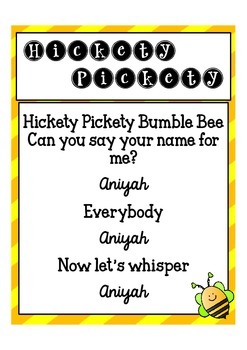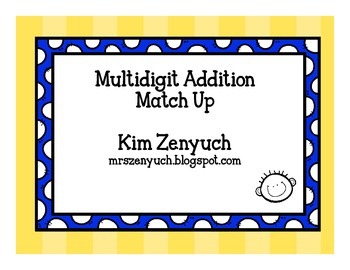One of the second grade Science goals is to
And boy, do I love teaching this one, especially at the beginning of the year! We work in teams, so we're learning how to compromise, and be good teammates, in addition to making Science discoveries. It's always incredibly rewarding for the children to see the results of their work!
Last year, I asked student teams to build bridges and brought materials that would lend themselves well to the task. The bridges came out great, and the children made wonderful discoveries. However, I realized that we didn't learn as much about material selection as I had hoped.
This year, I invited the children to choose what they would like to build and brought materials that I thought were appropriate, as well as those that were not. This way, the children could make appropriate discoveries about the quality of their materials. I also included an interactive notebook component, so that I could see each individual's thinking about the materials. These changes made such an improvement in our learning!
We discovered that materials are stronger if they have something to hold them together, rather than just stacking them.
We were disappointed to learn that balloons do not make particularly sturdy towers, regardless of how you use them. This also gave us the opportunity to review properties of matter. :)
We all agreed that the balloons were the most fun to include and made great decorations.
Toothpicks were shockingly sturdier than expected, but not when they were the only support system for a tower.

We also learned about the importance of distributing weight. I have a feeling this will come in handy when we try to build these towers again, and improve upon them!
Finally, we completed our interactive notebook page. I'm all for conserving paper, so we simply did this in our notebooks. This was the right side. On the left side, we wrote what we learned from testing the towers and what we would do differently when building our new towers. Then, we created an illustrated plan of the new towers, including justification for our new materials.
I can't wait to see the next set of towers. They will definitely help me understand whether we've grasped the material selection as I hoped we would!















































